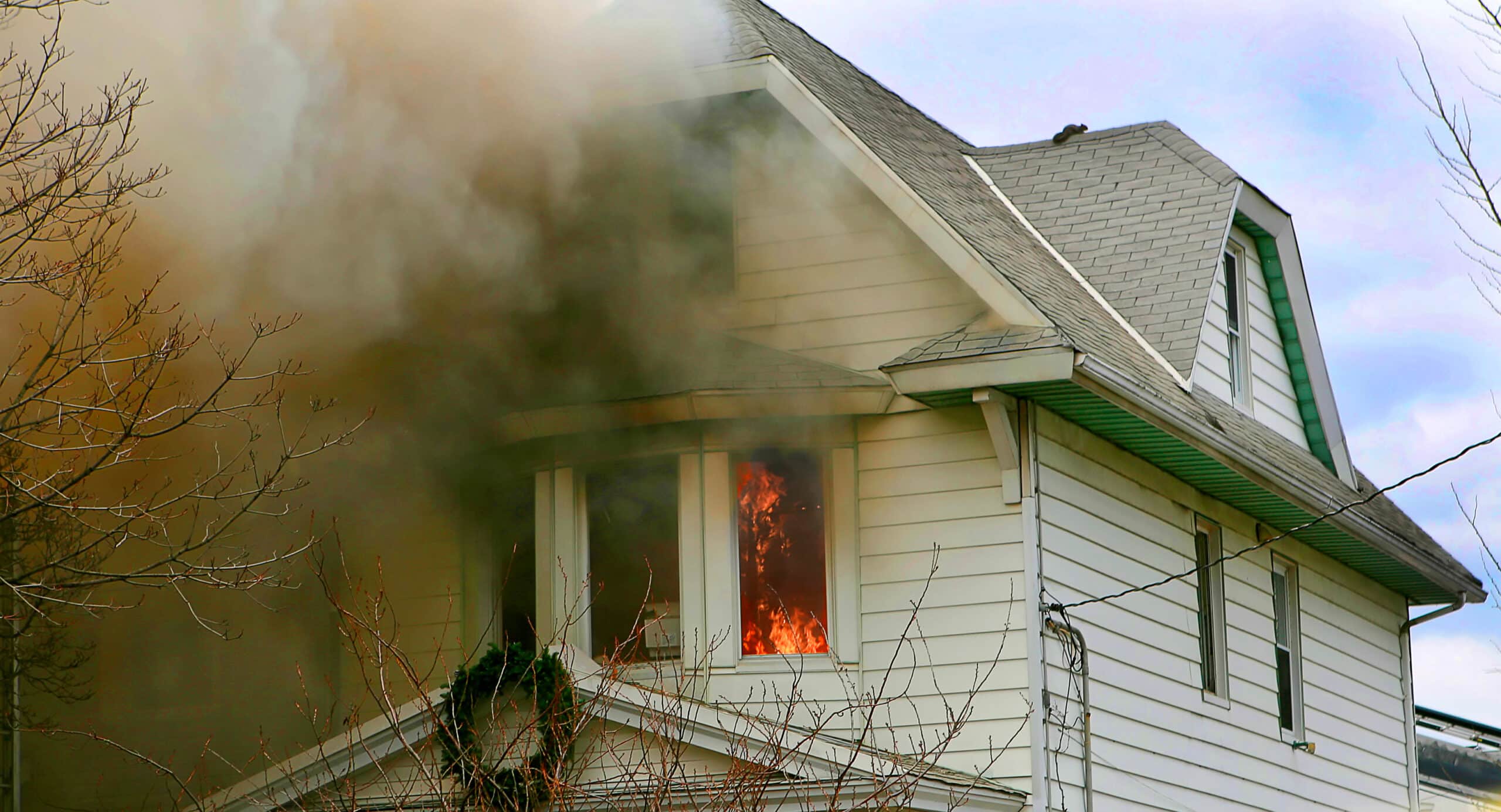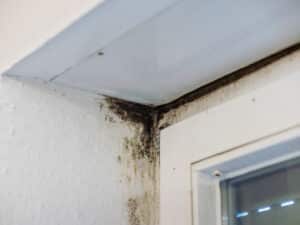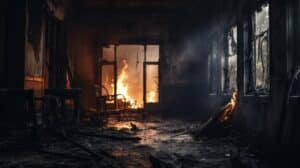
Fire is one of the most destructive disasters a homeowner faces. In Dripping Springs and the surrounding Hill Country, dry seasons, brush, and aging home systems increase the risk. Recognizing common fire triggers and knowing when to call in experts can help prevent serious damage and costly repairs.
Common Fire Hazards in Dripping Springs Homes
Fires often start from everyday household issues that go unnoticed until it is too late. Understanding the most common fire hazards in Dripping Springs homes helps homeowners stay alert and take preventive action before damage occurs.
Wildfire and Brush Encroachment: Dripping Springs is situated in a transition zone between developed areas and natural landscapes. Dry brush, dead trees, and overgrown vegetation close to homes can serve as fuel for wildfires. When embers blow in strong winds, they may reach roofs, decks, or siding.
Electrical System Problems: Many homes in Dripping Springs are older or have undergone additions and upgrades over time. Faulty wiring, overloaded circuits, or outdated breaker panels can become ignition points. Underground wiring or exterior outlets near dry mulch or plant beds also create a risk.
HVAC, Heat Sources, and Cooking: Heating systems, space heaters, fireplaces, and wood stoves all present fire hazards when not properly maintained or monitored. Cooking is another leading cause of house fires, as leaving stoves unattended, grease buildup, or faulty appliances often lead to kitchen fires.
Exterior Materials and Roofing: Roofing made with aged shakes, worn shingles, or roofs that have been compromised by weather are more susceptible to spark ignition. Siding materials that degrade or sit too close to combustible materials, such as mulch or wood trim, also increase the fire risk.
Early Signs of Fire Risk to Watch For
Not all fire dangers are obvious. Many start small, exhibiting subtle signs that can be easily overlooked. Paying attention to early warning signs enables homeowners to take corrective action before a minor issue escalates into a major emergency.
- Frequent circuit trips, flickering lights, or burning smells near outlets
- Scorch marks or melted insulation near switches or wiring
- Roof shingles that are warped or cracked, especially after long dry periods
- Dry brush or leaves accumulating near the foundation, vents, or beneath decks
- Appliances, HVAC units, or space heaters that overheat or make unusual noises
Even one of these warning signs may indicate a potential fire hazard. If any of them appear in your home, schedule an inspection or evaluation as soon as possible.
How Fire Damage Spreads Inside a Home
Fire damage often goes deeper than what’s visible after the flames are out. Intense heat can cause a flashover, igniting multiple surfaces within seconds, while smoke and soot travel through vents and walls, reaching areas untouched by the fire itself. Structural components such as beams, insulation, and wiring can also be weakened or compromised, even if they appear intact.
Because so much damage occurs behind the surface, professional restoration is essential to identify and repair hidden issues, ensuring the home is fully safe and stable once repairs are complete.
Protecting Your Dripping Springs Home from Fires
Preventing fire damage starts with awareness. Clearing brush, checking electrical systems, and maintaining heating equipment can significantly lower risk. These proactive steps reduce the chance of ignition and strengthen your home’s overall safety.If a fire does occur, W.B. Arthur provides 24/7 fire, smoke, and odor restoration services to return your home to a safe and stable condition. Our certified team utilizes advanced equipment and proven methods to ensure every area is thoroughly cleaned and restored, enabling Dripping Springs homeowners to recover quickly and confidently.



